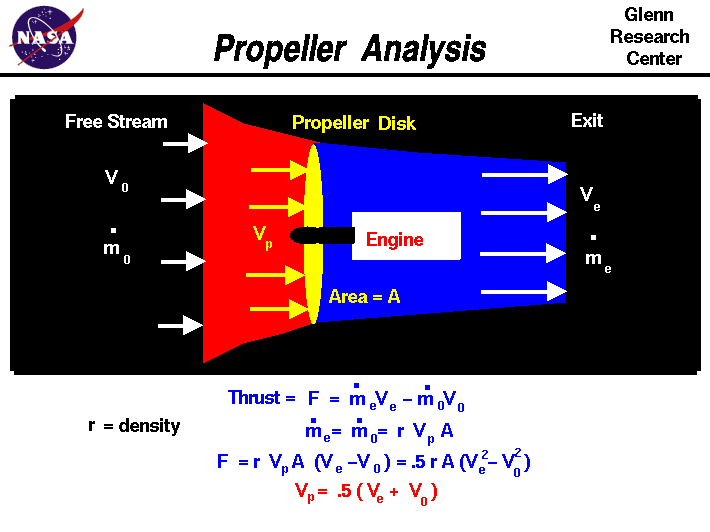How Does it Move?
1. Changing the Moments about the Centre of Gravity (V1 and V2 only)
The previous section expounded on how our blimp would remain in stable equilibrium in what we would call its neutral position. In order to pitch the blimp, we would alter the moments about the centre of gravity of the blimp to create a resultant moment that would cause the blimp to pitch upwards or downwards while it is being propelled in the air.
The moments about the centre of gravity of the blimp are altered through the movement of our bladder mechanism. In its neutral position, the bladder is perpendicular to the ground. Tilting the bladder either forward of backward, with the use of the servos motor, would cause a change in the moment it produces.
Tilting the bladder forward would increase the perpendicular distance from the line of action from the weight of the bladder to the centre of gravity of the blimp. This would cause a greater moment in the clockwise direction, and consequently, there would be a resultant moment in the clockwise direction, which would cause the nose of the blimp to pitch downwards.
Likewise, tilting the bladder backward would decrease the perpendicular distance from the line of action from the weight of the bladder to the centre of gravity of the blimp. This would cause a smaller moment in the clockwise direction, and consequently, there would be a resultant moment in the anti-clockwise direction, which would cause the back of the blimp to tilt downwards, and hence the nose of the blimp to pitch upwards.
2. Thrust from Propeller
Newton’s third law of motion states that when one body exerts a force on a second body, the second body simultaneously exerts a force equal in magnitude but opposite in direction on the first body. Similar to how you use an oar to push a boat forward, a propeller can push or pull a body forward by hurling a mass of fluid behind it.

‘Puller’ propeller
Firstly, we need to distinguish between ‘pusher’ or ‘puller’ propellers. ‘Puller’ propellers are usually placed at the front of aircrafts so that the aircraft is ‘pulled’ through the air, while ‘pusher’ propellers are placed at the back of aircrafts to propel the aircraft forward. For our blimp, we plan to use ‘pusher’ propellers which are placed nearer the back of the blimp. We used a clockwise rotating motor which was connected to a counter-clockwise/left-handed propeller (the blade angle runs from top left to bottom right when viewed from a side angle). When paired together, the axial flow of air occurs to direct air away from the engine (motor), making this a ‘pusher’ propeller.
When the propeller rotates, it pushes air back and by Newton’s Third Law, air pushes the propeller and the buoyant blimp in the opposite direction. By varying the angle between axis of rotation and the horizontal axis, a resultant force with a vertical component that pushes the blimp up or down is produced.


